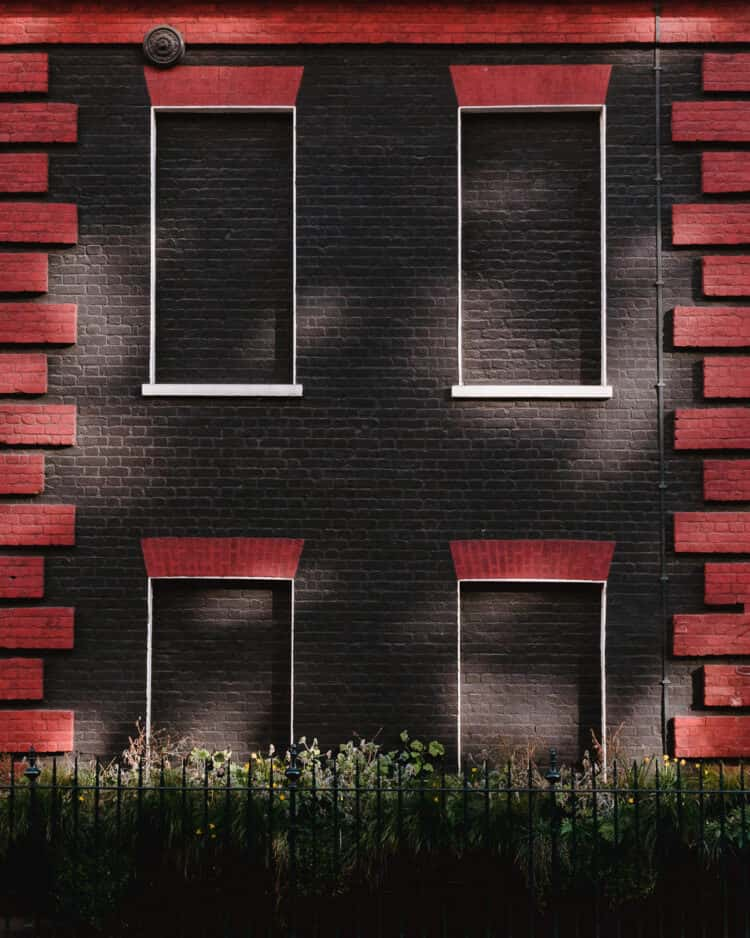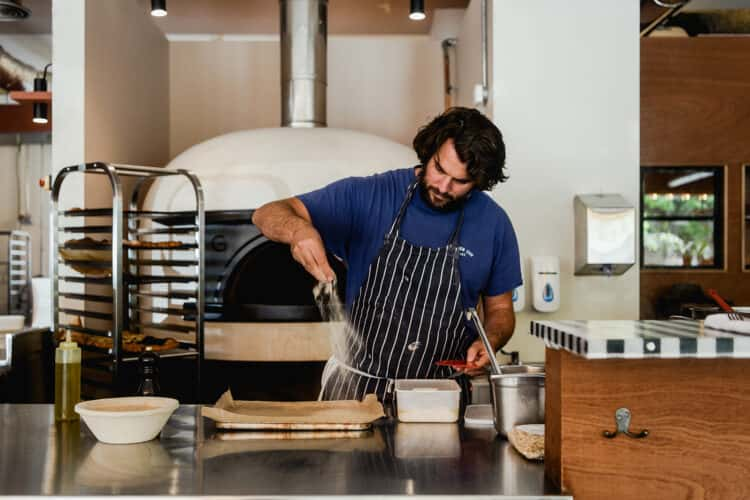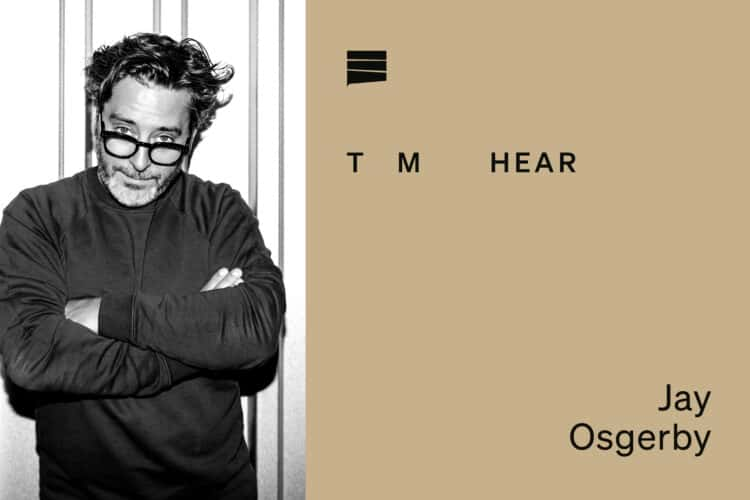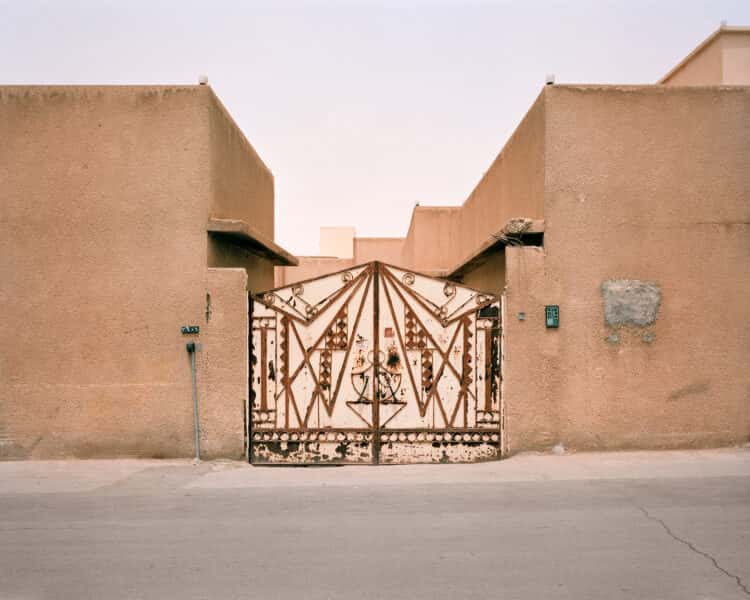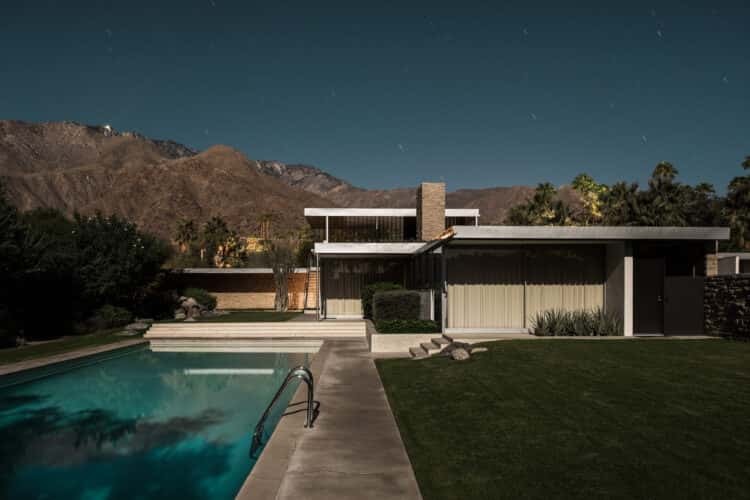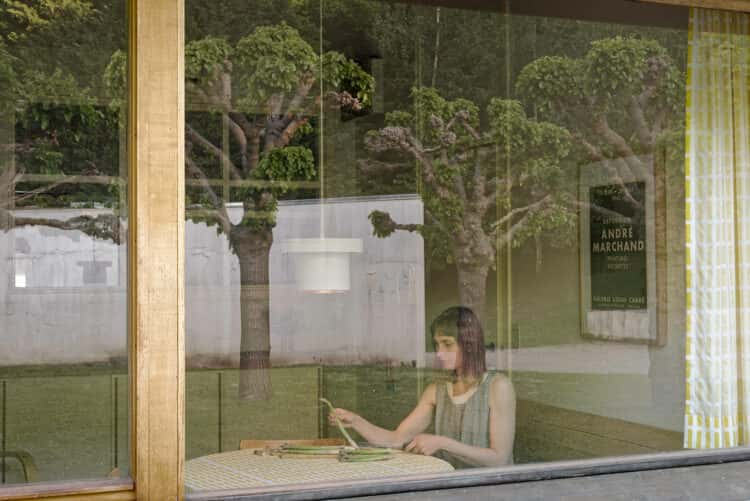Andy Billman on the beauty and history behind London’s bricked-up windows
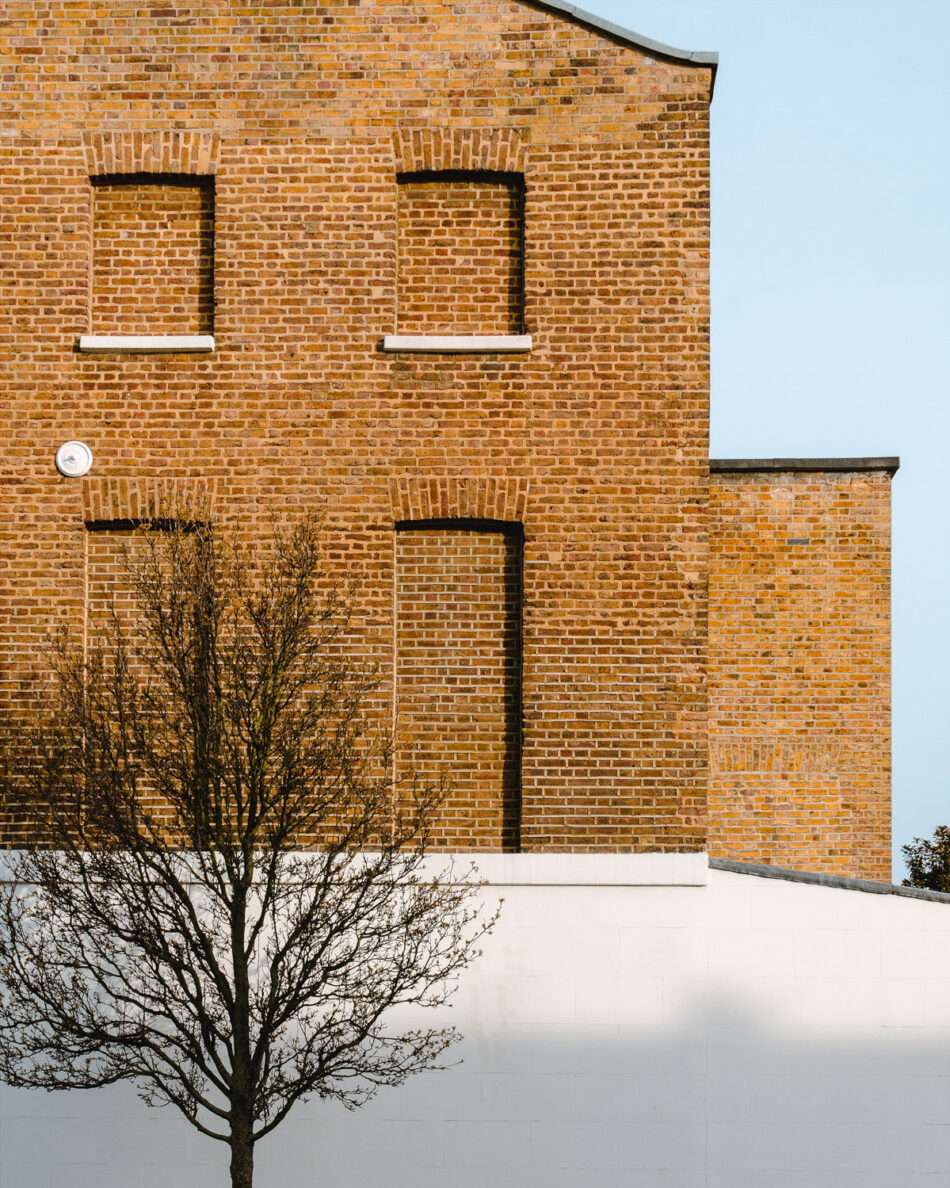
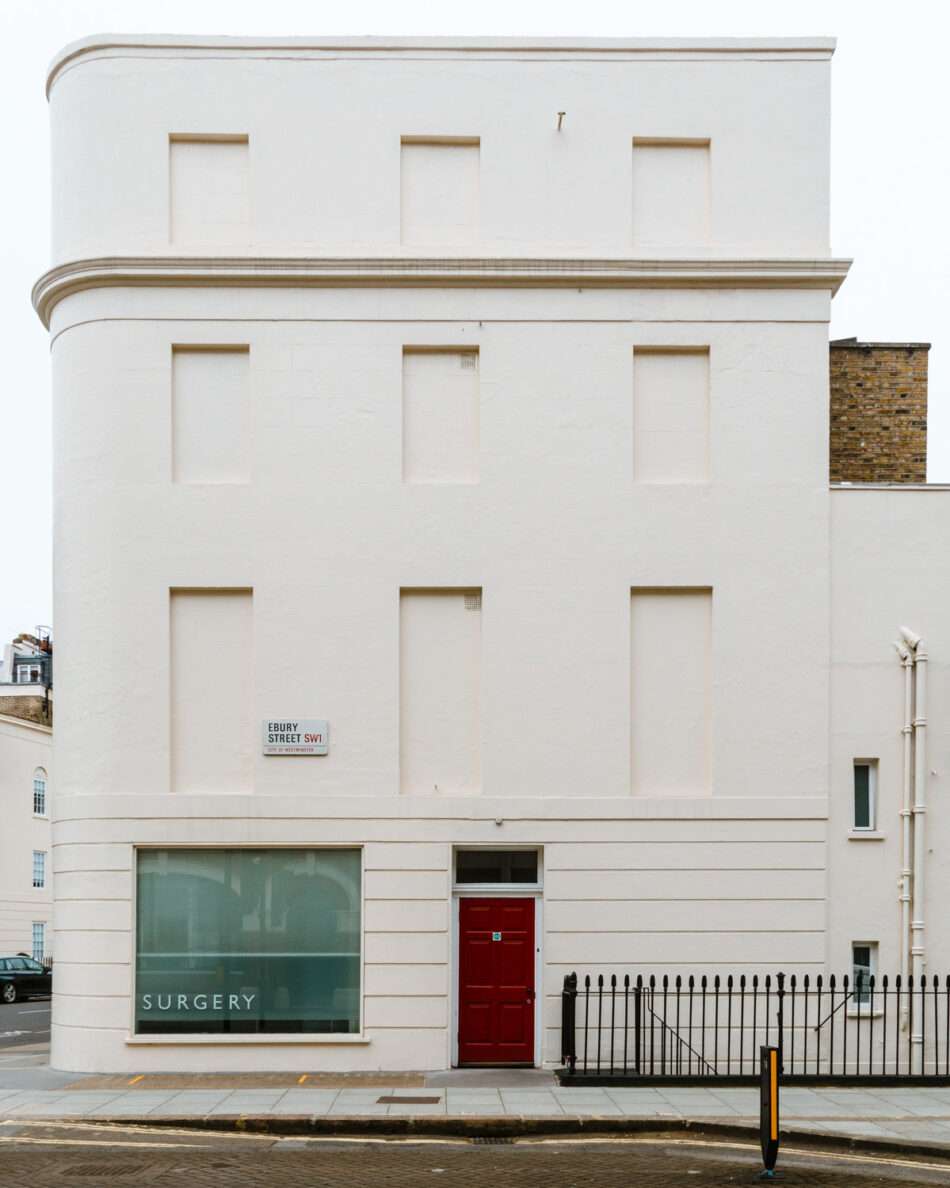
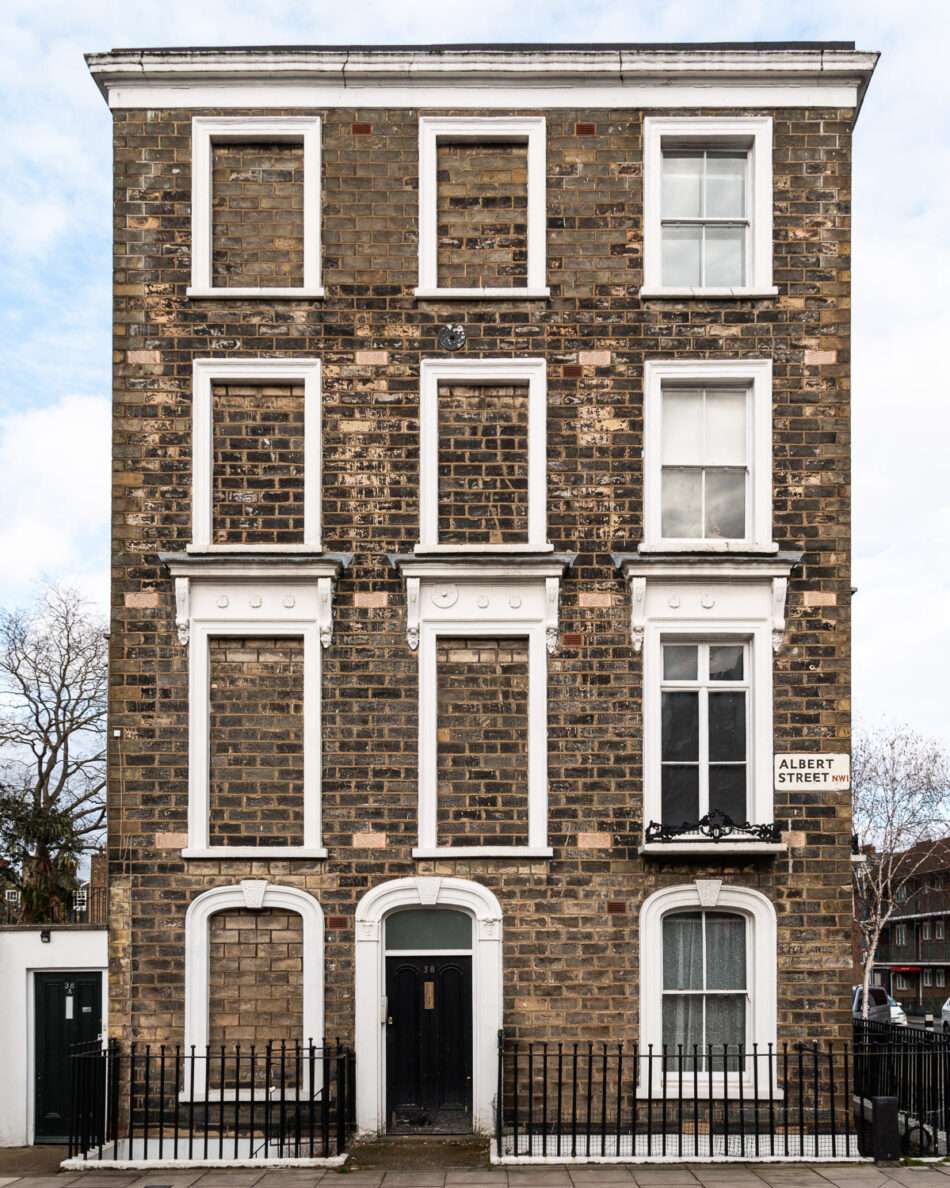
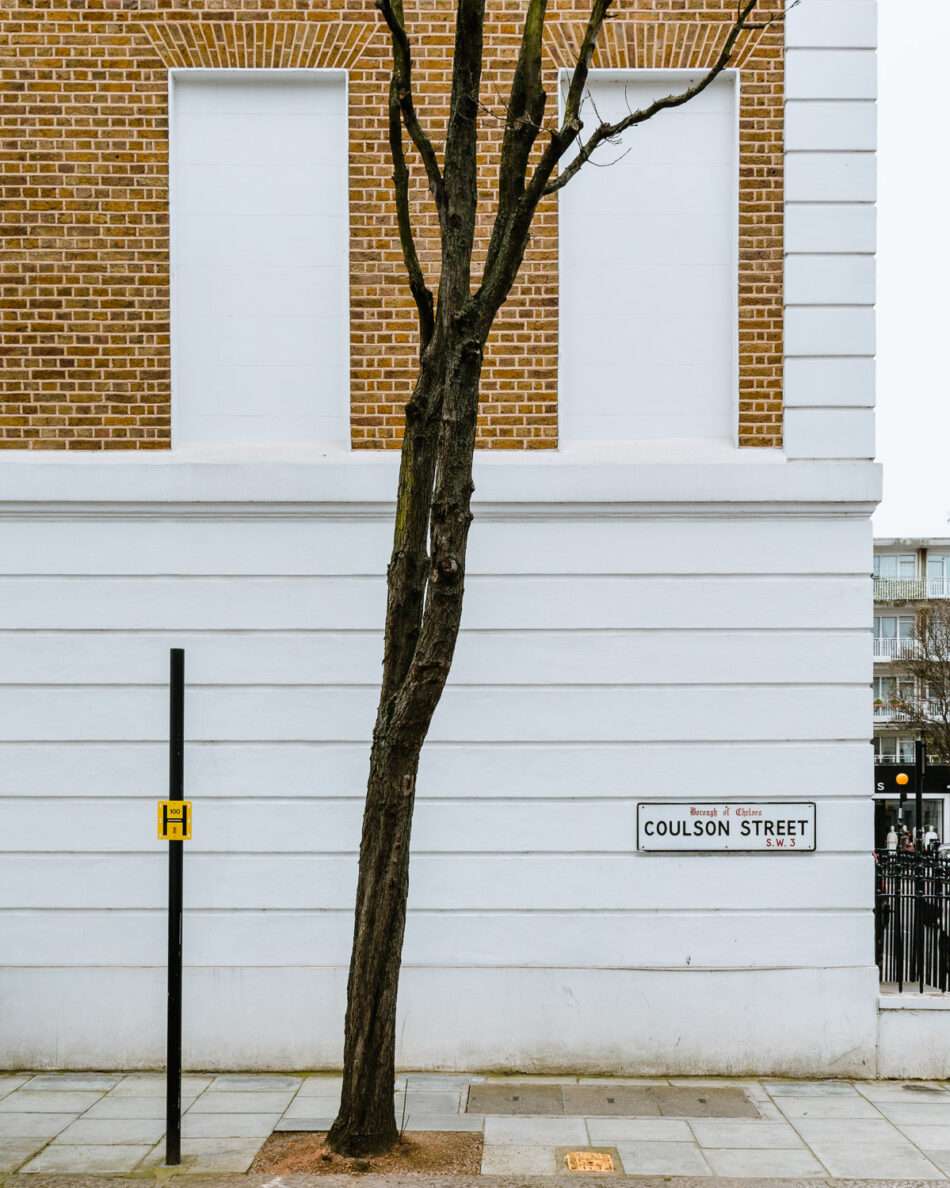
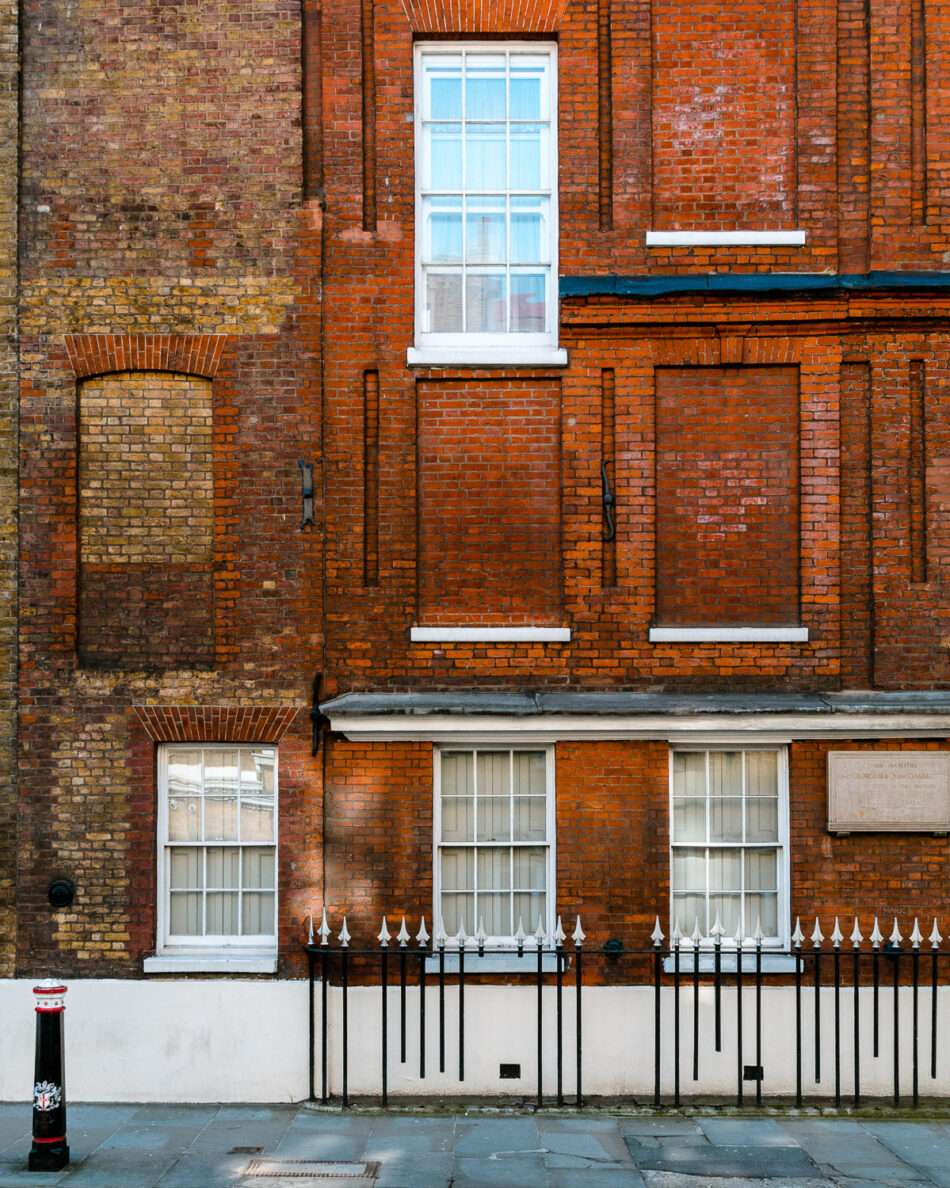
What began as a visual fascination with London’s bricked-up windows morphed into an interest in their social and historical contexts. As part of an ongoing collaboration with British Journal of Photography, Andy Billman discusses his series on these unique features that remain in many of London’s houses today.
The window tax was first introduced in Britain in 1696 and revoked 155 years later in 1851. It stipulated that the more windows a building had, the more its owner had to pay. This had a disproportionate impact on the poor, with landlords across the country bricking up their windows to avoid higher taxes.
Having initially taken an interest purely in their aesthetics, Andy was fascinated to discover that these windows had been blocked up centuries ago. In his ongoing project, Daylight Robbery, the artist has photographed over 80 bricked-up windows across the city, examining the role that light and air have on our wellbeing.
Here, he discusses the project, and the untold story of this often-overlooked architectural feature.
When did you first become interested in these bricked-up windows?
I found them fascinating as they’re something you don’t normally notice, unless you’re properly looking. They’re usually defined by bricks that are indented into the building, rather than a clean finish of the exterior wall. It gives a final impression of a framed area that should be filled with something significant, but instead it’s empty. I began photographing with this initial visual interest. As I grew more curious about their history, I found that some were decorative decisions for visual symmetry, while others were a result of the window tax.
Did your approach change when you found out about the tax?
My approach to photographing them didn’t change – I kept trying to document them in the most visually appealing way possible. The key change was in ensuring any presentation of the work included some of this history, to bring my imagery to life. I discovered quote after quote from the era, about how it was a “tax on light and air” disproportionately impacting the poor. It felt like an untold story that needed to be revisited.
In my research, I discovered one of the only thesis papers that solely covers the window tax, which led me down a rabbit hole to other documents. The tax was widely criticised at the time because it had a significant impact not only on architecture, but also on people. The lack of air and light was thought to have greatly affected people’s health. Its introduction was heavily debated in the House of Commons, and Charles Dickens frequently spoke out about it. In 1850, he stated: “Neither air nor light have been free since the imposition of the window tax…The poor who cannot afford the expense are stinted in two of the most urgent necessities of life.”
When the tax was introduced, it affected the poor. Now, these buildings are historic, and the bricked-up windows can be considered an aesthetic feature. Was this shift something that informed your image-making?
That was probably the key element that encouraged me to create the project. The juxtaposition between appreciating the aesthetic of these overlooked architectural features, while at the same time recognising that they tell a story about people being robbed of natural light. I hope that viewers are able to take a moment to look beyond the surface to explore these two opposing themes.
What new meanings do these windows take on, in the context of the pandemic?
The last year has reminded us of the importance of natural light and fresh air. The blocked up windows – some which are remnants of a time when a price was actually placed on light and air – have particular resonance in life during lockdown. Over the past year, windows have been a key source of wellbeing, offering sunlight, fresh air and a means of interacting with the outside world. Beyond reflecting on these visual forms and structures created in the past, the work inspires a greater consideration for the light sources we create in our spaces today.
